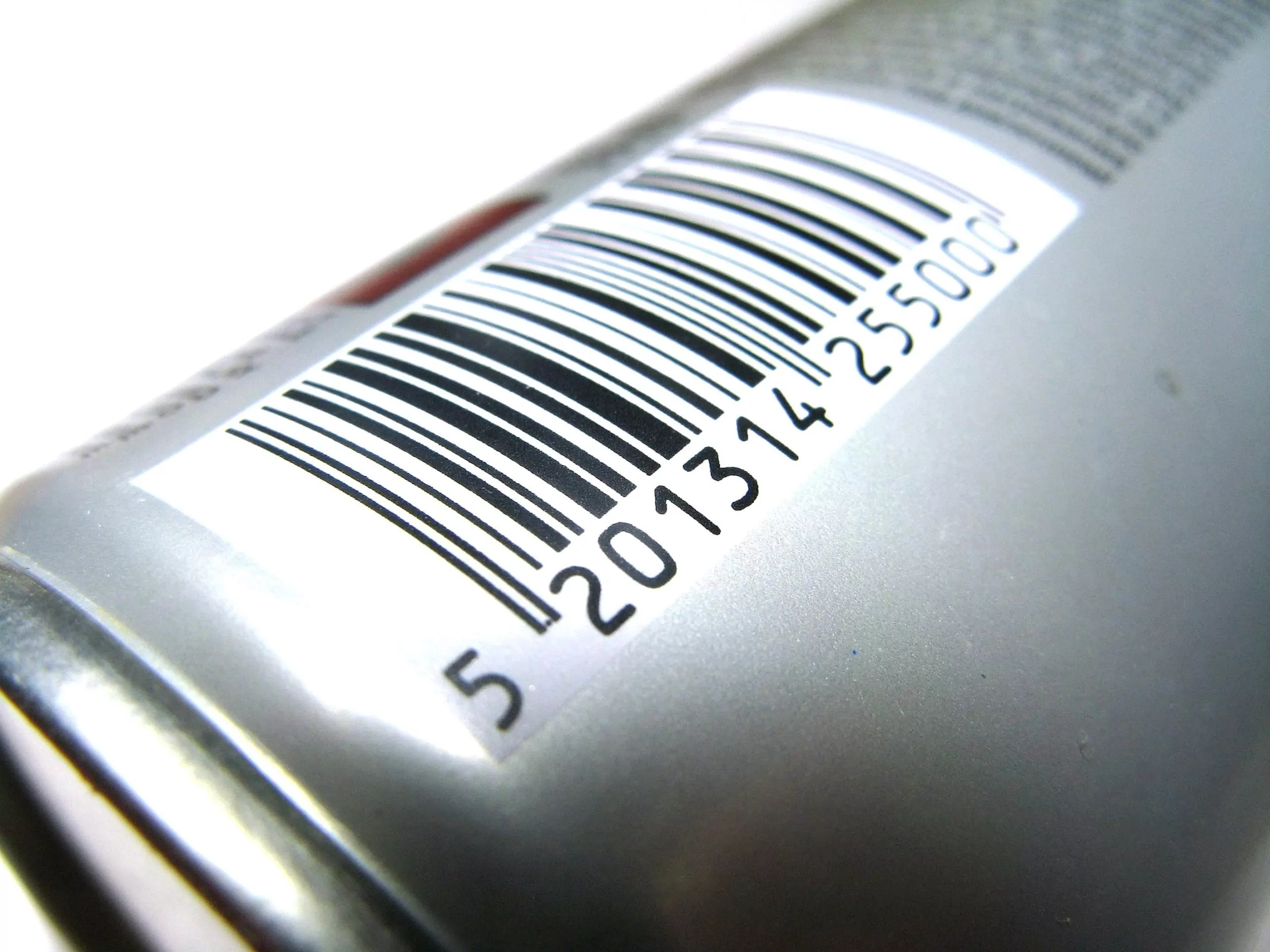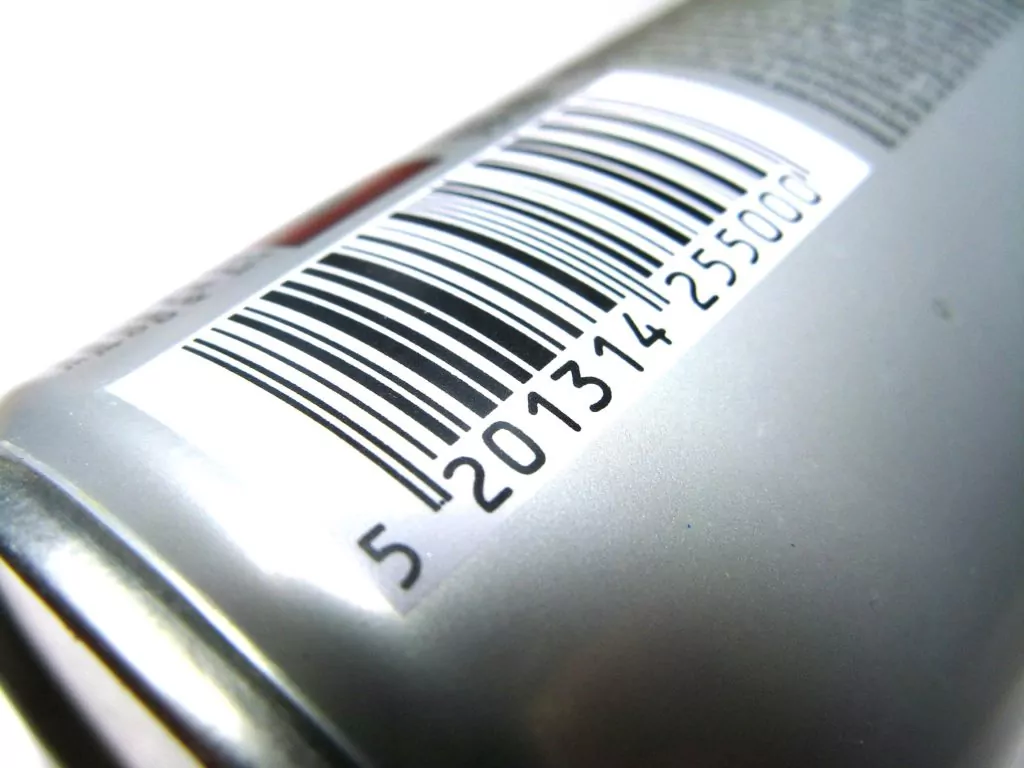Author: Jenny Lin
Taiwan has recently published a draft regulation of their Unique Device Identifier (UDI) Requirements for Medical Device Labels on 5 November 2020. This regulation will be applicable to all imported and local Class II and Class III medical devices. In this article, we summarise the key requirements for implementation and timelines.
Labelling Location
The UDI should be placed as close as possible to the device itself. Whenever possible, it should be presented either on the device itself or on their single-unit packaging. If the device or the single-unit packaging is too small, the UDI may be placed on the smallest sale packaging.
Exemptions
The Taiwanese Regulations have exempted certain devices from the UDI requirements:
- Custom-made medical devices (these are bespoke items that are generally uniquely identified and traceable).
- Export-only medical devices.
- Non-implantable components of a medical device kit or components of an IVD medical device that are for single-use only and cannot be used alone/sold separately.
Planned Implementation Timelines
Implementation timelines for UDI vary based on the product classification, with the highest risk devices being prioritised:
- Class III implantables: 1 June 2021
- Class III non-implantables: 1 June 2022
- Class II devices: 1 June 2023
Coding and Labelling Requirements
As is the case in other jurisdictions, Taiwan imposes certain formatting requirements for UDI. As local requirements must be accounted for in every marketed jurisdiction that requires UDI, manufacturers may need to generate separate product codes to accommodate country-specific variations.
Coding Principles
The Taiwan UDI must be created according to the standard formulated by the International Medical Device Regulators Forum (IMDRF).
The code must include:
- Device Identifier (DI) to identify the specific device category, such as manufacturer, model, and version number; and
- Production Identifier (PI) to identify production information, such as lot number, serial number, date of manufacture, and expiry date.
Key Labelling Principles
- A UDI should adopt both the HRI (Human Readable Interpretation such as letters and numbers) and AIDC (Automatic Identification and Data Capture) formats. The AIDC is internationally recognised a one or two-dimensional label or Radio Frequency Identification (RFID) electronic label, rendering retrievability of the product identification information via an automatic (machine) reader.
- The UDI must remain legible during the entire product life-cycle, this is particularly important for reusable or re-processable items that will subject labels to more stringent conditions of validation.
- Reusable or sold-alone components of a medical device kit or IVD have the potential to be separated from other components of such kit and as such must have individual UDIs to allow traceability through their lifecycle.
- Software PI should be the version number of the software; if it is not sold physically, HRI should be displayed on the start-up screen or software information page. AIDC is not required in this instance.
UDID Database
Prior to placing products on the market, the MD license holder is also required to upload the corresponding product information of the UDI to the UDI information management platform (UDI Database, UDID) established by the Taiwan FDA. This process requires identification information (e.g., license No., model number), device details (e.g., catalogue number, description, batch) and other technical characteristics (e.g., if the device contains latex, has an expiry date).
PharmaLex will continue to monitor any update and guidance in relation to the Taiwan UDI implementation. Our team of experts has extended experience in Taiwan FDA compliance and registration. We can help to implement plans that meet the specific needs of your projects.
Contact usIf you need assistance on TFDA applications, market entry strategy, or specific help with regulatory documentation or compliance check, please reach out. We understand you need a commercial approach which delivers viable options .








